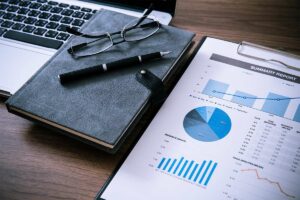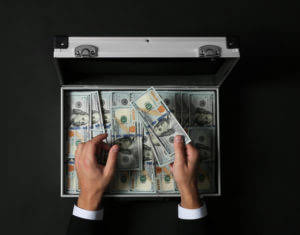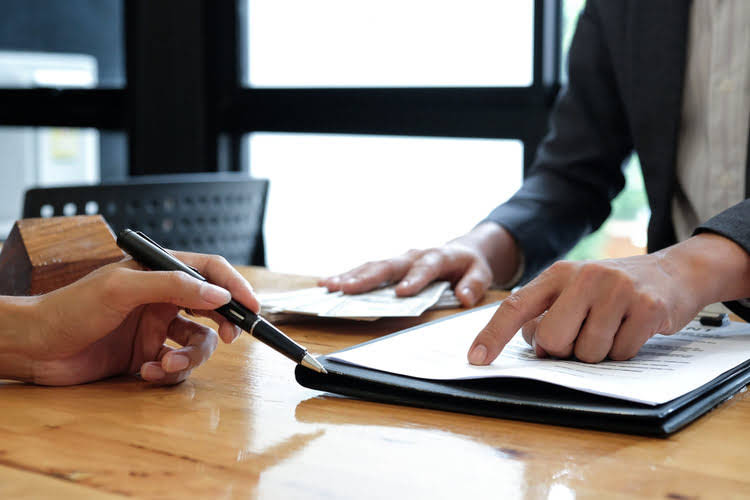
Automation dramatically transforms this process through continuous account reconciliation. Journal entries that previously required manual calculation and input now generate automatically based on predefined rules. For organizations with multiple entities, the technology simplifies consolidation by standardizing data formats and eliminating manual interventions.

Subscription management ( definition, process, tools
By connecting your payroll and finance systems, Payrec gives you a single source of truth and a firm scalable foundation which previously lived on top of spreadsheets. Use the list below to find the best payroll software for your small business. First, it has direct bank feeds with your automated accounting software, contrary to most of the other banks that connect via an intermediary, which is often the source of broken feeds or transaction issues. It’s like the App Store on your iPhone, only for accounting process automation software.
Month-End Reviews

By automating tasks like data entry, invoice processing, and compliance management, these tools empower your finance team to focus on analysis and strategy rather than repetitive work. In conclusion, payroll management is a cornerstone in any business operation, ensuring timely and accurate employee compensation and adherence to legal and regulatory requirements. With the transformative power of automated payroll systems, businesses can experience many https://www.bookstime.com/articles/acuity-accounting benefits, from improved accuracy and compliance to enhanced efficiency and flexibility.
- The first few payroll cycles might feel slower as the team adjusts to the new tools and workflows.
- Bonuses, commissions, overtime, and deductions are calculated automatically based on real-time data.
- It’s easy to find a solution that fits your business like a glove today, but what about tomorrow, next year, or even five years from now?
- Integrating payroll software with HR, accounting, and enterprise resource planning systems eliminates data silos and reduces the need for manual data transfer, enabling efficient payroll management.
- By leveraging advanced technology, these systems reduce manual work, enhance accuracy, and improve overall productivity.
- This not only saves time for the HR department but also ensures that employee information is always up-to-date.
Difficulty scaling manual processes
It’s pretty clear that the world of accounting is changing, and a lot of that change is being driven by Artificial Intelligence (AI) and Machine Learning. These aren’t just buzzwords; they represent a real shift in how we can handle financial data. Think about it – AI brings some serious power to the table with its ability to analyze vast amounts of data, spot patterns we might miss, and even help with predictive modeling. This means tasks that used to take hours, or even days, can be done much faster and often with greater accuracy, which is a game-changer for any business looking to streamline its financial operations.
A scalable solution often comes with flexible pricing structures that adapt to your needs, perhaps based on transaction volume or the number of users. This means you can start with what you require right now and then add more capacity or features as you grow. It’s about future-proofing your investment and choosing a partner that’s ready for your success story, no matter how big it gets. Generally, it’s doing all the hard stuff in mere minutes so you don’t have to, and then you can review it all in the built-in reporting when you need to. Get our latest payroll and small business articles sent straight to your inbox. Work is created and completed in Karbon, and your new client sets up autopay in Karbon so you can automatically collect payment from them.

When your financial operations are streamlined like this, it not only saves time and reduces errors but also improves collaboration across your team. Ultimately, the right tools empower your business to operate more smoothly and deliver more value, giving you clearer insights from your financial data to make smarter decisions. At Decentro, we understand payroll’s vital role in driving organisational success and payroll accounting automation have enabled players like Workflexi to solve the same pain points. Our comprehensive suite of tools, including our payout and escrow solutions, is meticulously designed to optimise your payroll management process, making it easier and more efficient than ever before.
- This initial self-assessment will be your best guide as you start comparing different software solutions.
- For example, you can use ERP software to handle data uploads and generate reports, but you still have to update employee records and manage benefits manually.
- Make sure your provider stays current with tax code changes and offers all the forms you need—like P60s and P45s—built in.
- This automation enforces travel and expense policies consistently while accelerating reimbursements.
- When you choose a new payroll service, think about the needs of your business now and in the future.
- It also provides real-time reporting capabilities, enabling quick generation of detailed payroll reports and facilitating data-driven decision-making.

It’s designed to guide you through a best practice process for month-end close, helping you close out the month in time. By automating your month-end close process, you’ll spend less time cross-referencing spreadsheets and more time doing what matters most to you. Bank statement, credit card and bank account reconciliation, journal entry reviews and recording data in the general ledger, adjustments—if done manually, take time and are at risk of error. The Forbes Advisor Small Business team is committed to providing unbiased rankings and information with full editorial independence. We use product data, strategic methodologies and expert insights to inform all of our content to guide you in making the best decisions for your business journey. The wallet in Paycor’s mobile app lets employees access up to half of their earned wages before payday.
SIMPLIFIED PAYROLL PROCESSES
Learn common causes, prevention strategies, and how normal balance automation helps protect your company’s financial health. Subscription-based fragrance company Scentbird used to spend countless hours fixing data. Each of its brands and global locations required custom accounting codes, which it couldn’t sync with its ERP and resulted in frequent accounting errors. “It would take hours of investigation just to figure out the issue when expenses didn’t upload to NetSuite correctly,” said Amber Papp, VP of Finance at Scentbird. When a system is easy to learn and pleasant to use, your team is far more likely to embrace it fully and use it consistently.